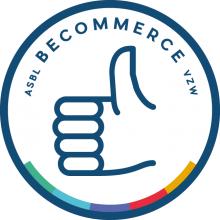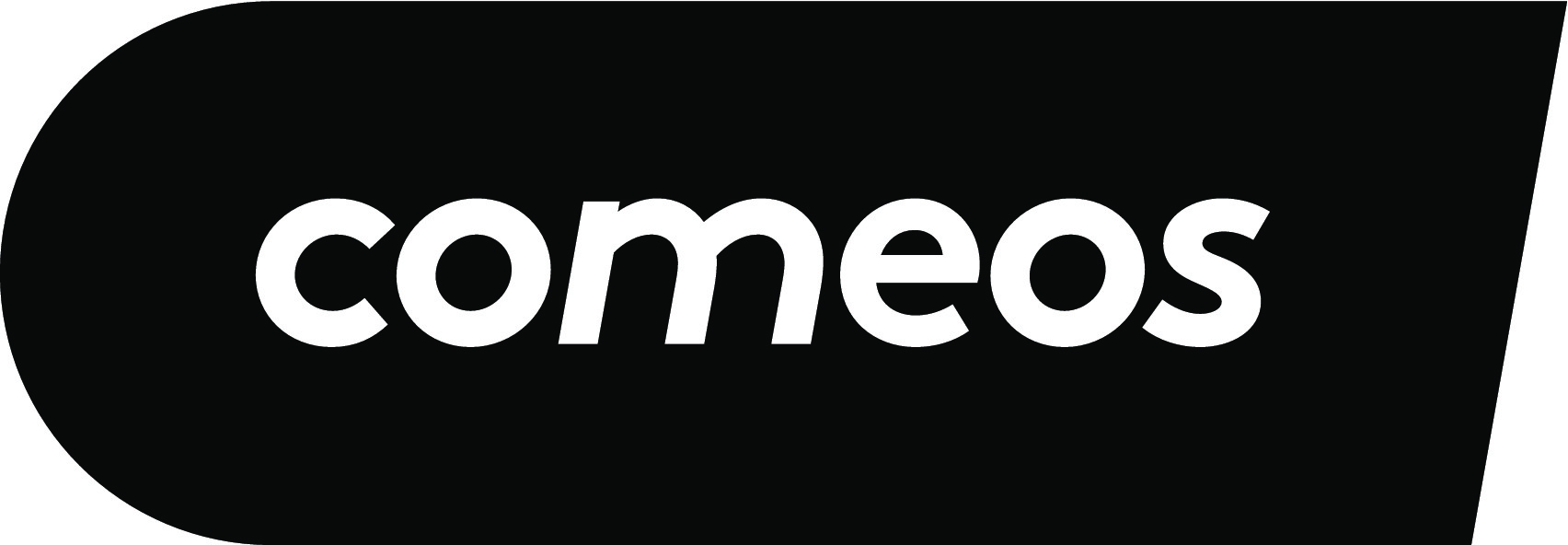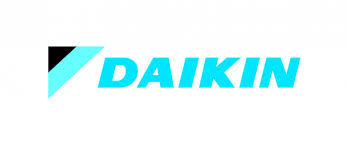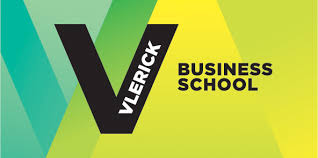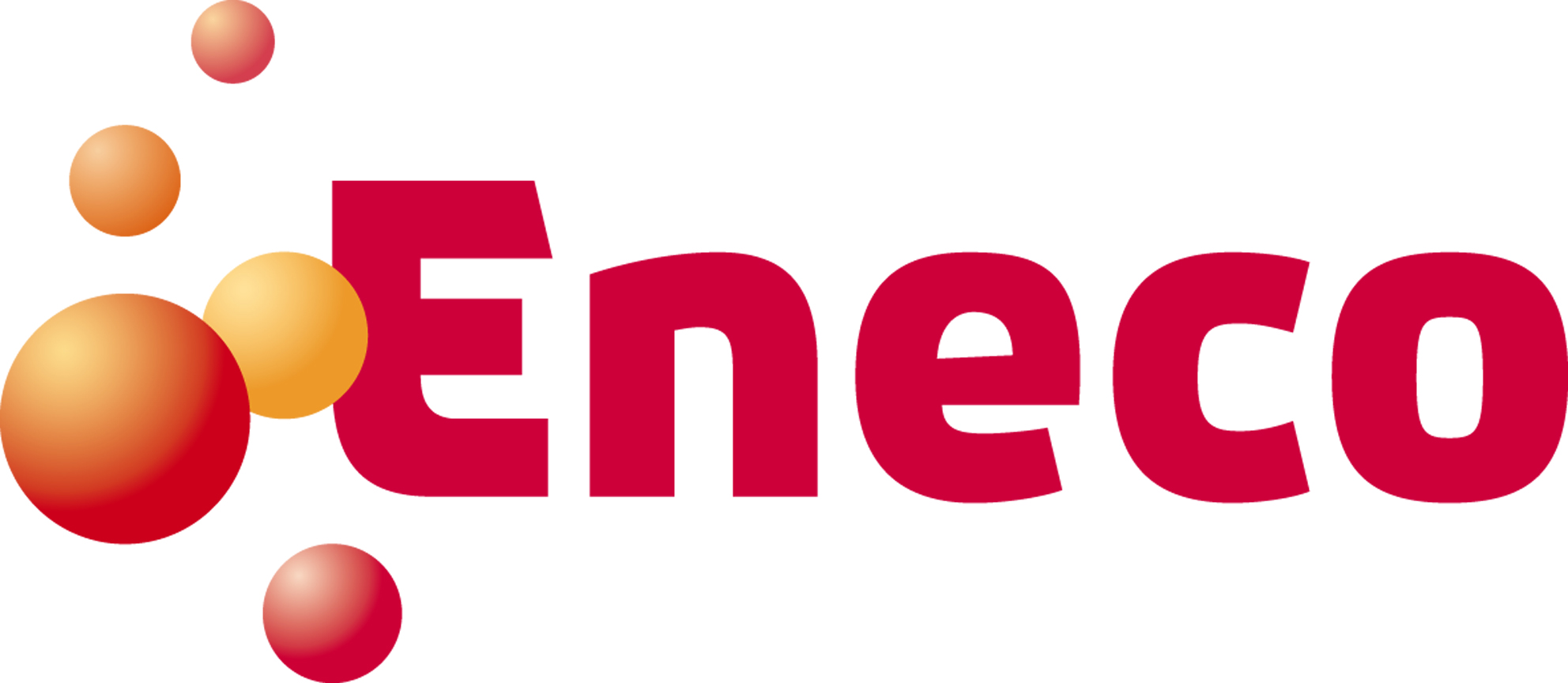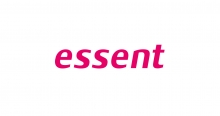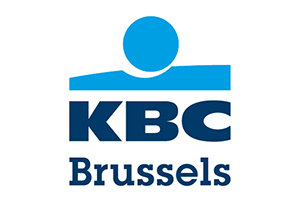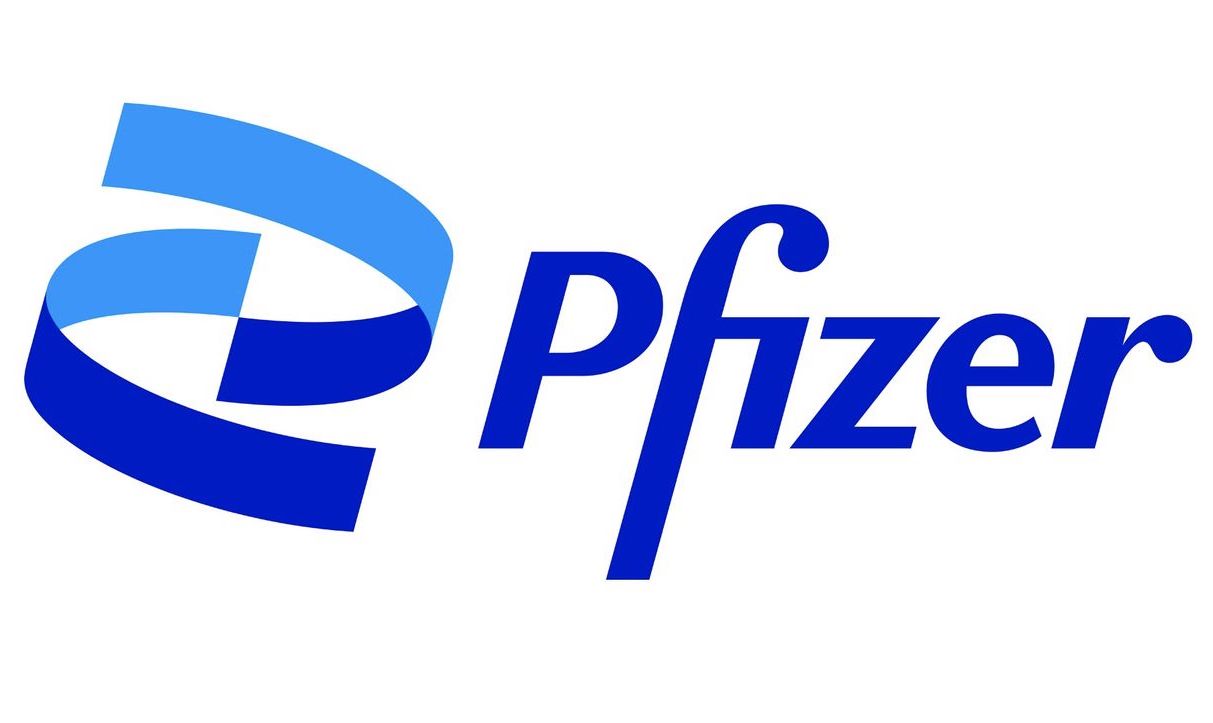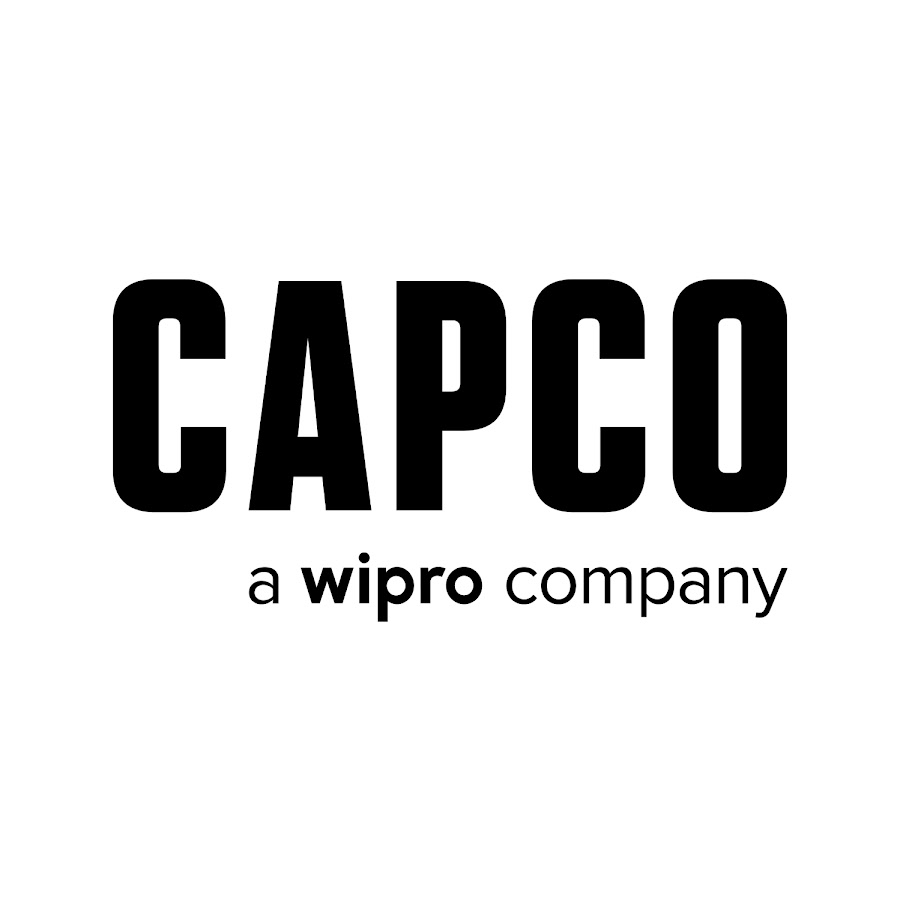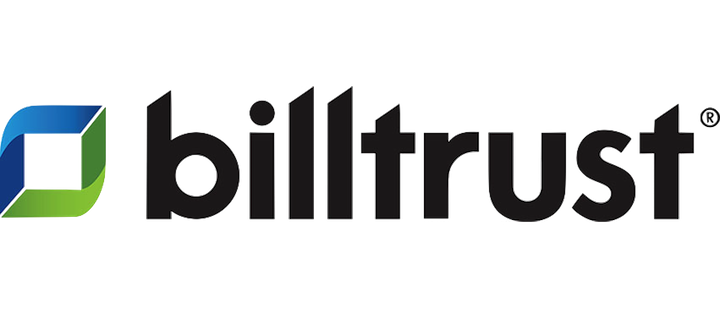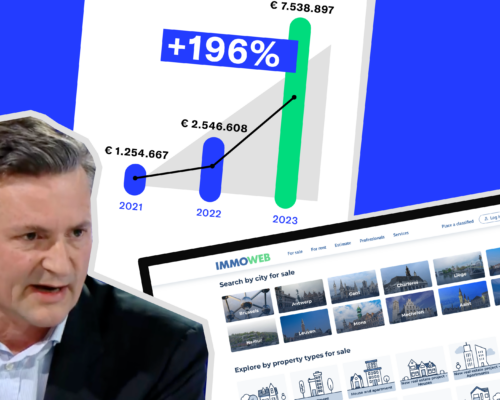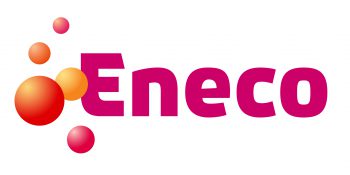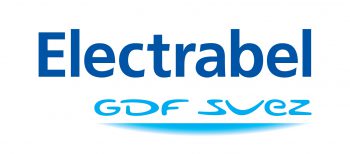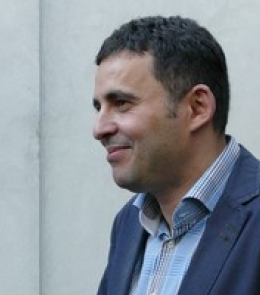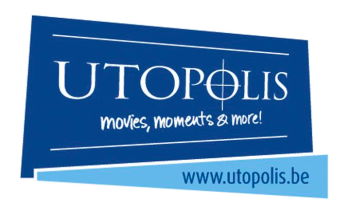Brands achieve thought leadership on purpose. No brand is too big or too small for it. Thought leadership is a skill that can be improved over time. But it requires solid foundations and a lot of work.
But let’s start at the beginning: what is thought leadership, anyway?
What is thought leadership (definition)?
There are a number of definitions of thought leadership. We selected three that we think are most useful to understand the concept:
“Thought leadership is the action of introducing and promoting convention-breaking ideas that cause people to change how they think about marketplace or societal issues”(Van Halderen & Kettler-Paddock, 2011)
“The process of formulating big ideas and insightful points of view on the issues buyers face, capturing those ideas in multiple content vehicles and sharing the ideas with prospects and customers to enlighten them, engage them in a dialogue and position your company as a trusted resource” (Forrester Research, 2011 – a cited in Young, 2013)
“Ideas that educate clients and prospects about important business issues and help them solve those issues – without selling” (The ITSMA – as cited in Young, 2013)
The 6 dimensions of thought leadership
These definitions have these six dimensions in common:
- Thought leadership tackles “big questions” or issues. It requires a solid understanding of the outside world and of the issues that are important to stakeholders. Thought leadership requires brands to be plugged into the Zeitgeist.
- As a response to these “big questions”, thought leaders formulate and promote “big ideas“. These ideas need to be novel, convention-breaking, original, and at the very least interesting.
- You can’t be a thought leader if you don’t take a stand. The difference between expertise and thought leadership is that thought leadership starts from subjective point of view or perspective.
- Thought leaders are not satisfied just discussing ideas or sharing knowledge – they want to change people’s minds or behavior – to influence, persuade, transform society.
- While it’s different from expertise, thought leadership is built on expertise and/or trust. People have to accept the brand or person’s authority to speak out on the subject and to try to influence them.
- Clearly, thought leadership is an intentional activity, as you can see in the use of words like “process, mechanism, platform, strategy”.
So, what is a thought leadership strategy?
Brands pursue a thought leadership strategy to stand out in crowded marketplaces.
By developing thought leadership, brands are trying to become catalysts and magnets for the conversation around important issues – and by doing that, they are trying to generate more business.
Example: Dove “Real Beauty”
In 2005, Dove launched its “Real Beauty” campaign. It showed consumers how much work goes into turning a woman’s face or body into an advertisement for beauty products. It successfully ignited a conversation about beauty ideals, body shaming and empowerment that also had a strong impact on the sales of the brand. Not only did the campaign create a lot of conversation (catalyst), in the years following it, Dove was also spontaneously mentioned and included in many conversations about beauty and beauty ideals (magnet).
Thought leadership is not a viable path for brands that are deeply risk averse. To resonate, thought leadership should align closely with the core vision or purpose of the brand. The missionary zeal of the thought leader needs to flow naturally from the foundations of the brand.
Also, thought leadership requires brands to advocate novel, original, interesting ideas. To paraphrase LinkedIn founder Reid Hoffman, to be a thought leader “you have to be contrarian, and you have to be right”. You have to accept some risk to become a thought leader.
This is where professional services brands (like law firms and consultancy brands) sometimes hesitate. While they often have the necessary expertise and are deemed trustworthy enough by stakeholders to become thought leaders, they do not want to take positions or advocate “big ideas”, let alone contrarian ones.
We are convinced that this risk can usually be managed better than some “expert” brands think. The “spikiness” (or spiciness) of thought leadership can usually be carefully calibrated to stay within bounds of brand safety.
Key insights
- Brands pursue a thought leadership strategy to become catalysts and magnets for conversations around issues
- Thought leadership should flow naturally from the vision or purpose of the brand to truly resonate
- To become a thought leader, brands must accept some risk that comes with being original and contrarian – but this spikiness can usually be calibrated
How do I become a thought leader? (The 4-step process)
Brands that want to successfully execute a thought leadership strategy need to make sure that they create a process to do the following things:
- Analysis: find the focal point where the brand vision meets societal or stakeholder issues
- Positioning: create the novel, original ideas and positions that can help the brand stake its claim on these issues
- Communication: build an integrated communication machine to develop and distribute the ideas – to become a catalyst and a magnet for conversation, resulting in brand growth.
- Read more: how you can build and execute a thought leadership “newsroom” process
- Reporting (and iteration): learn from successes and failures to develop new, better ways to build thought leadership on existing or new issues
As you can see, thought leadership will usually require an integrated content marketing approach.
Based on different frameworks and approaches that exist (Van Halderen, Leading, ITSM, Forrester) and our own experience building thought leadership brands over the past 15 years, we can summarize the process to building thought leadership in four phases.
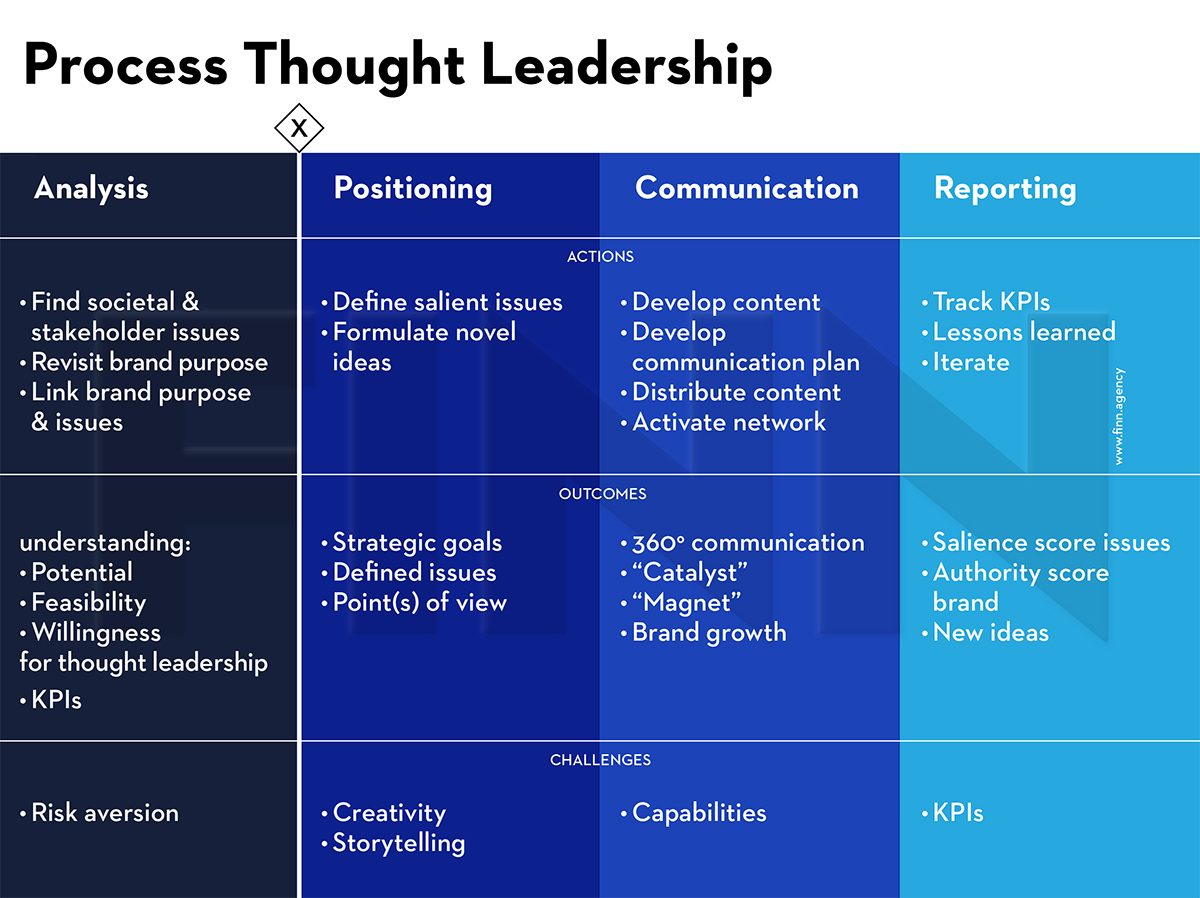
Why is thought leadership important?
When done right, thought leadership solves a number of marketing challenges and can help the brand grow consistently. Check out Byron Sharp’s seven rules for brand growth, and it’s obvious that thought leadership is a way to check almost all the boxes:
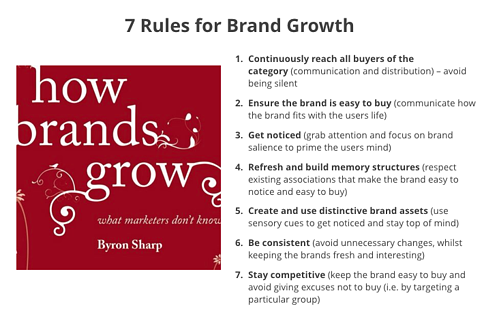
- Thought leadership makes brands more interesting, which helps them get noticed (3).
- Using a combination of paid, owned, social and earned media will help brands expand reach (1).
- By addressing issues that are important in buyers’ lives in a meaningful way, thought leadership brands become easier to buy (2).
- Because thought leadership is close to the purpose or core of the brand, it is usually consistent (6) as well as ownable or distinctive (5). In this, it resembles the holy grail of “issue ownership” in politics.
- A good thought leadership program refreshes the brand’s presence continuously to remain present for buyers, making them easy to remember when buyers consider a purchase (1 & 4).
A thought leadership strategy, if correctly executed, creates a virtuous circle of consistency and freshness (novelty), creating a distinctive voice in a busy landscape and allowing you to be noticed often. That should lead to brand growth in the end.
Thought leadership examples
Thought leadership can take many forms, and is a strategy that can be pursued by B2C and B2B brands.
In the following list of examples, we aimed for a mix of B2C and B2B examples, and we also try to show how brands as well as persons can claim thought leadership.
- Tesla. From the very beginning, Tesla made it clear that it wanted to be more than a car manufacturer. Its purpose is not (just) to sell cars, but to change the paradigm in the car industry from internal combustion engines to BEV (battery electric vehicles). Pursuing this mission-driven, thought leadership strategy, Tesla managed to become one of the most salient brands in the world without spending a dollar on paid advertising.
- Nike pursues a different thought leadership strategy. It is less consistent in the positions it stakes out, but it manages to capture societal topics in its marketing and connect them to its core purpose of believing in yourself and winning. For instance: choosing Colin Kaepernick as the face of its brand and therefore aligning itself with anti-racism activism. Another example: its “Crazy” campaign about women athletes and how they consistently broke glass ceilings in the past (“It’s only crazy until you do it”).
- Boston Consulting Group. Like many consultancy brands, Boston Consulting Group produces a steady flow of reports – which fall somewhere between more traditional content marketing (expertise) and thought leadership. At a higher level it summarizes these reports in easy to understand models that can stay salient for decades. A good example of this is the “BCG Matrix”, which most senior executives are familiar with. This type of thought leadership (as is often the case in consultancy and professional services) is less activist than Nike’s, but it does create “issue ownership” for BCG. And it has successfully changed the way senior managers conceptualize a strategic challenge. HBR listed the BCG matrix as one of the “charts that changed the world” in 2011. (https://hbr.org/2011/12/the-charts-that-changed-the-world)
- Lemonade. Lemonade is a next-generation insurance provider. They understand that people find the insurance industry’s reliance on “small print” very unfriendly. So Lemonade developed “insurance that doesn’t suck”. Lemonade develops and advocates insurance that is simple to understand. Lemonade does not aim to change the whole world. But it does want to change its own corner of the world, and that can be highly effective.
- Bill and Melinda Gates. Bill and Melinda Gates have quite successfully “pivoted” from being perceived as tech billionaires to thought leaders in the field of public health. Their recipe is a voracious appetite to analyze and digest new knowledge and trends, to stake out clear positions based on facts (remember Gates’ warning in 2005 about the dangers of a pandemic), and most of all: putting their money where their mouth is.
Thought leadership at FINN
Over the past 15 years, FINN had the opportunity to work with a multitude of B2B and B2C companies who understood that outside world provides an infinite source of interesting trends and issues to spark meaningful conversations.
We have helped brands and experts reach millions of people around the world and create resonant brands by engaging platforms such as the European Commission, the World Economic Forum, Financial Times, Time Magazine, Les Echos, BBC, Axios, Fast Company – to name but a few.
Contact us today to find out how we can build your brand through thought leadership.
